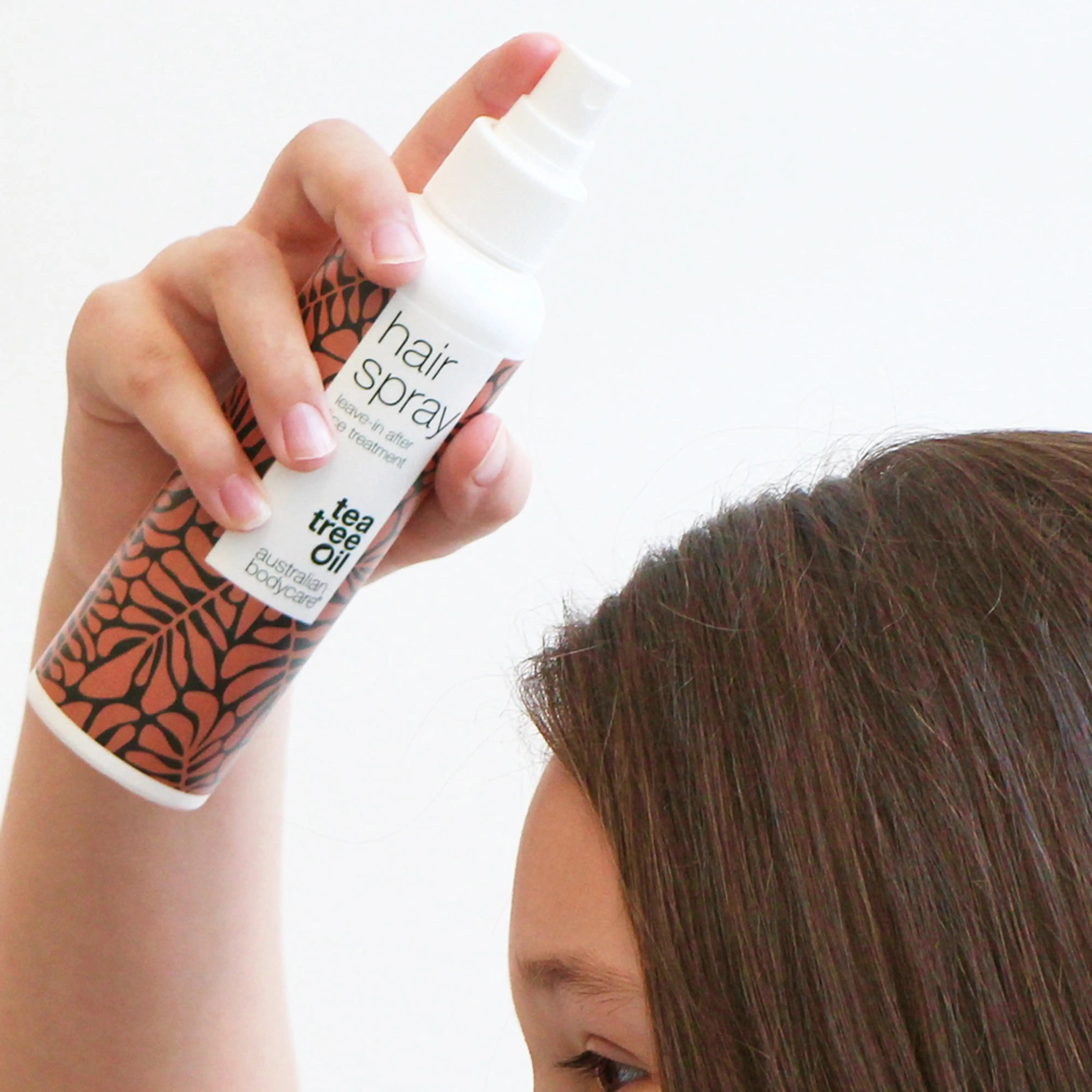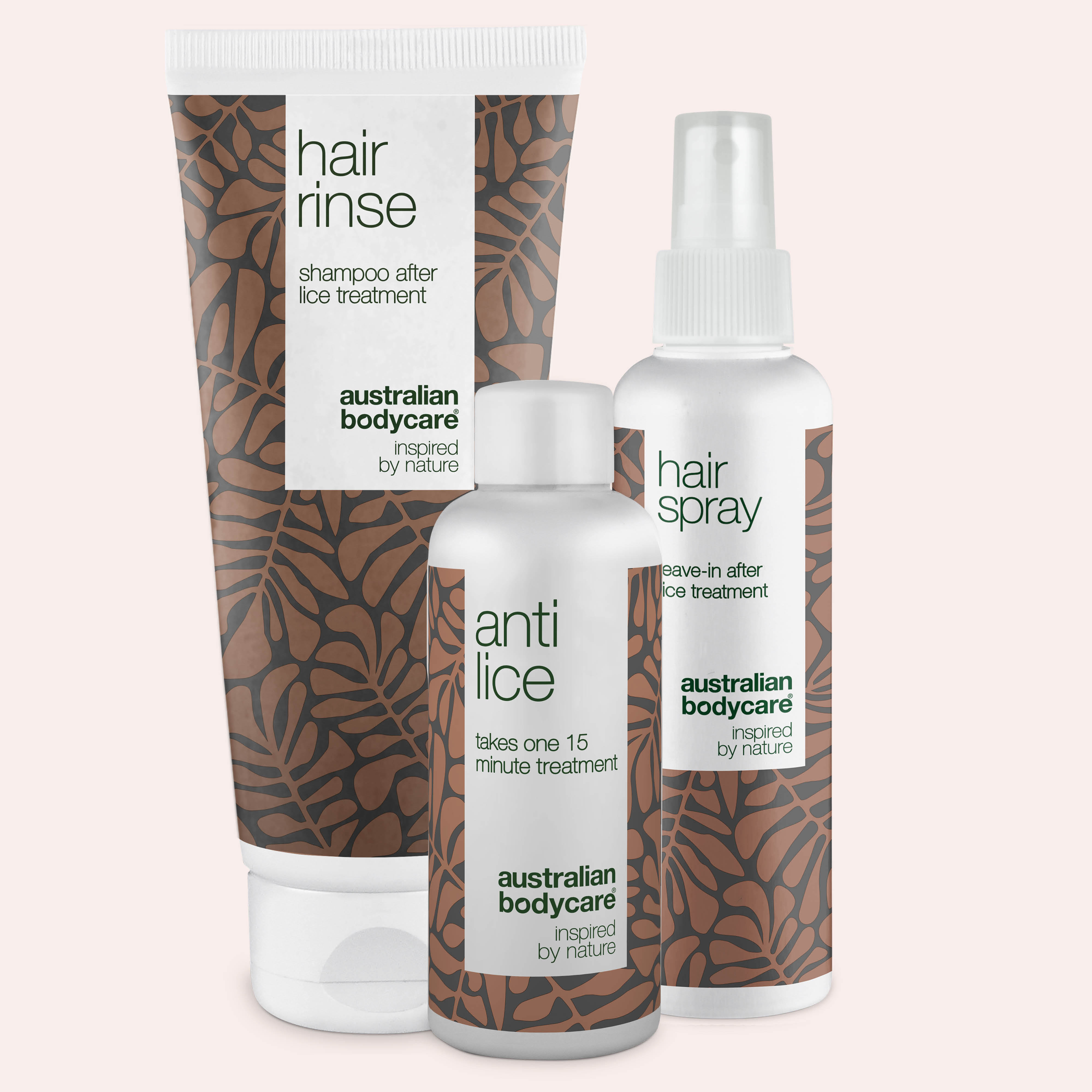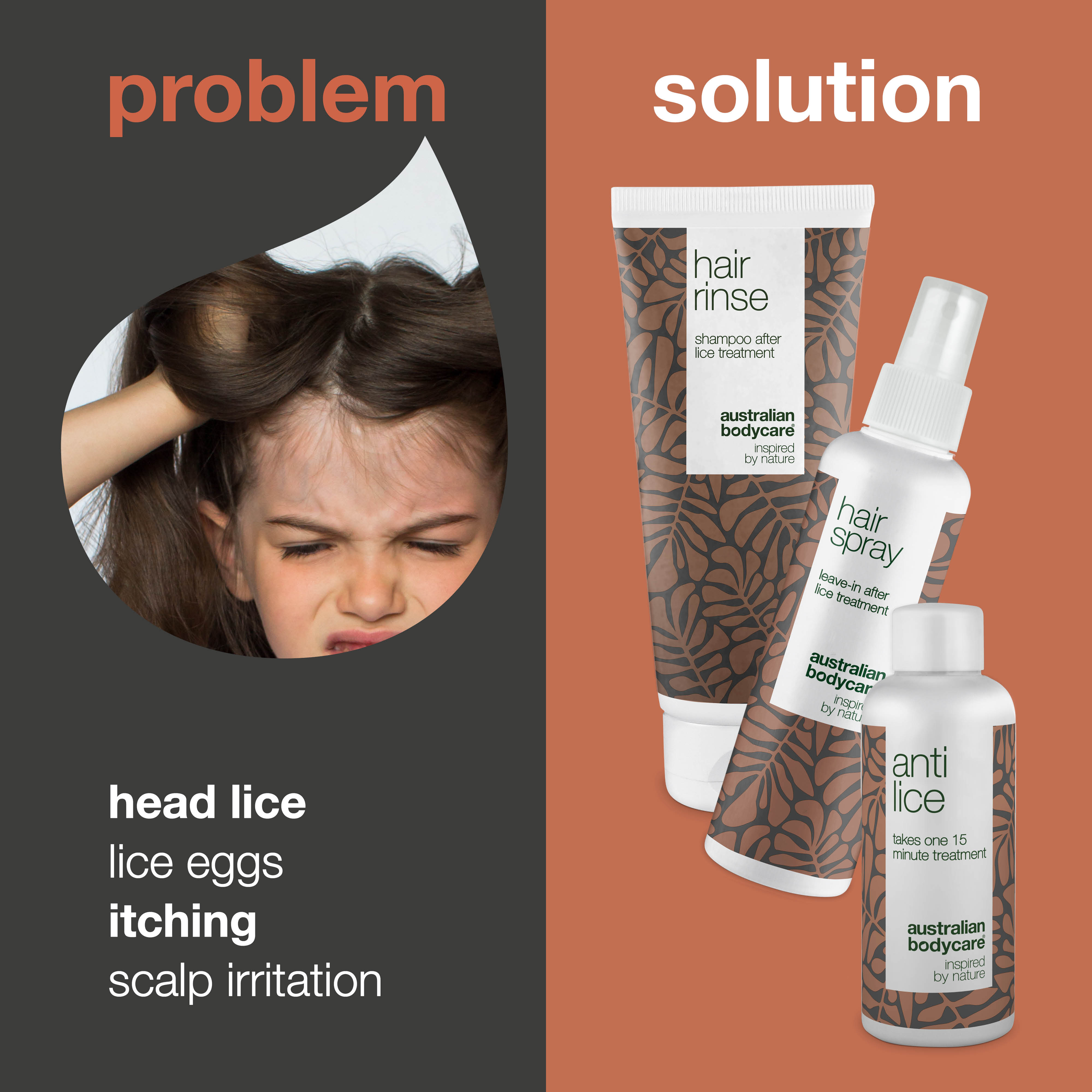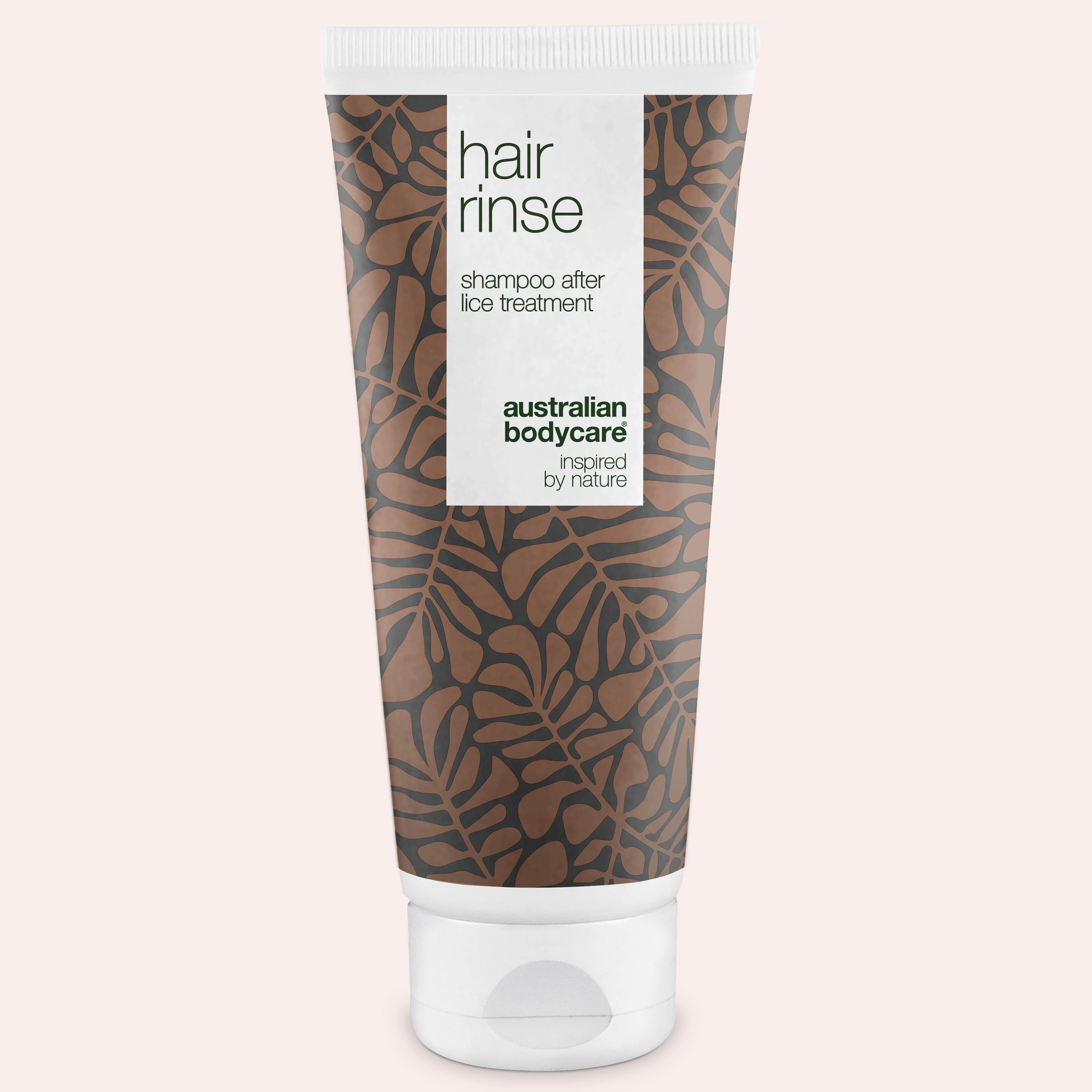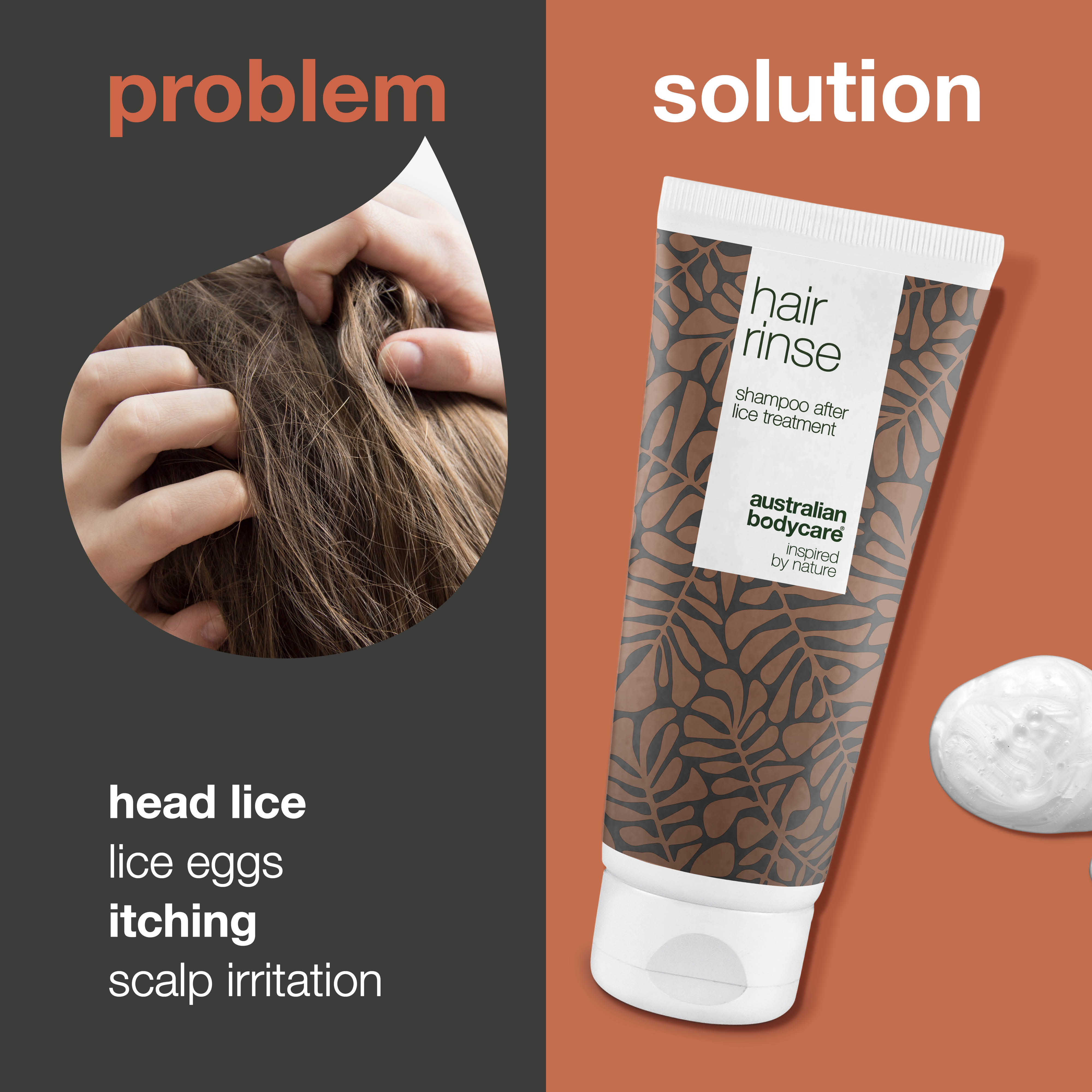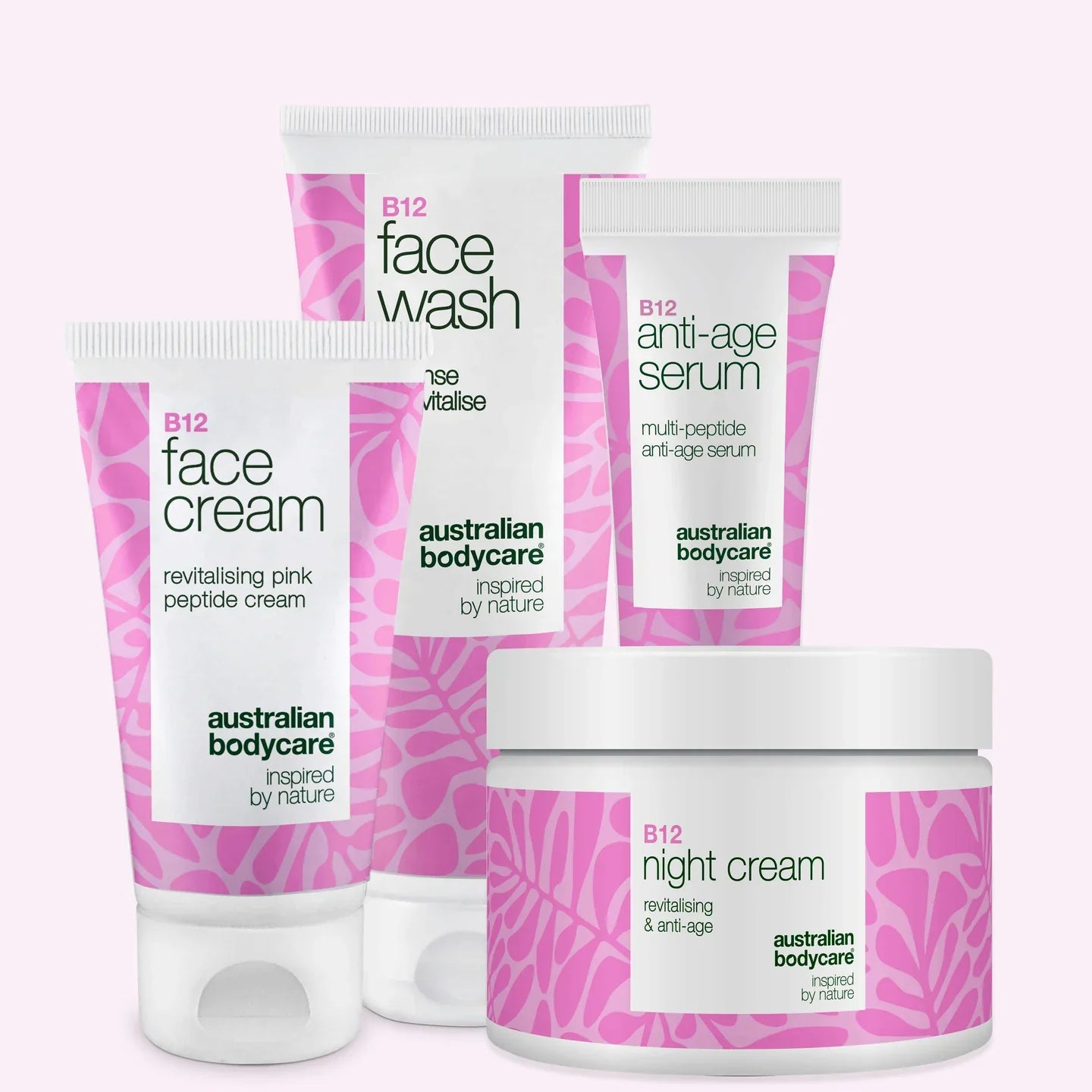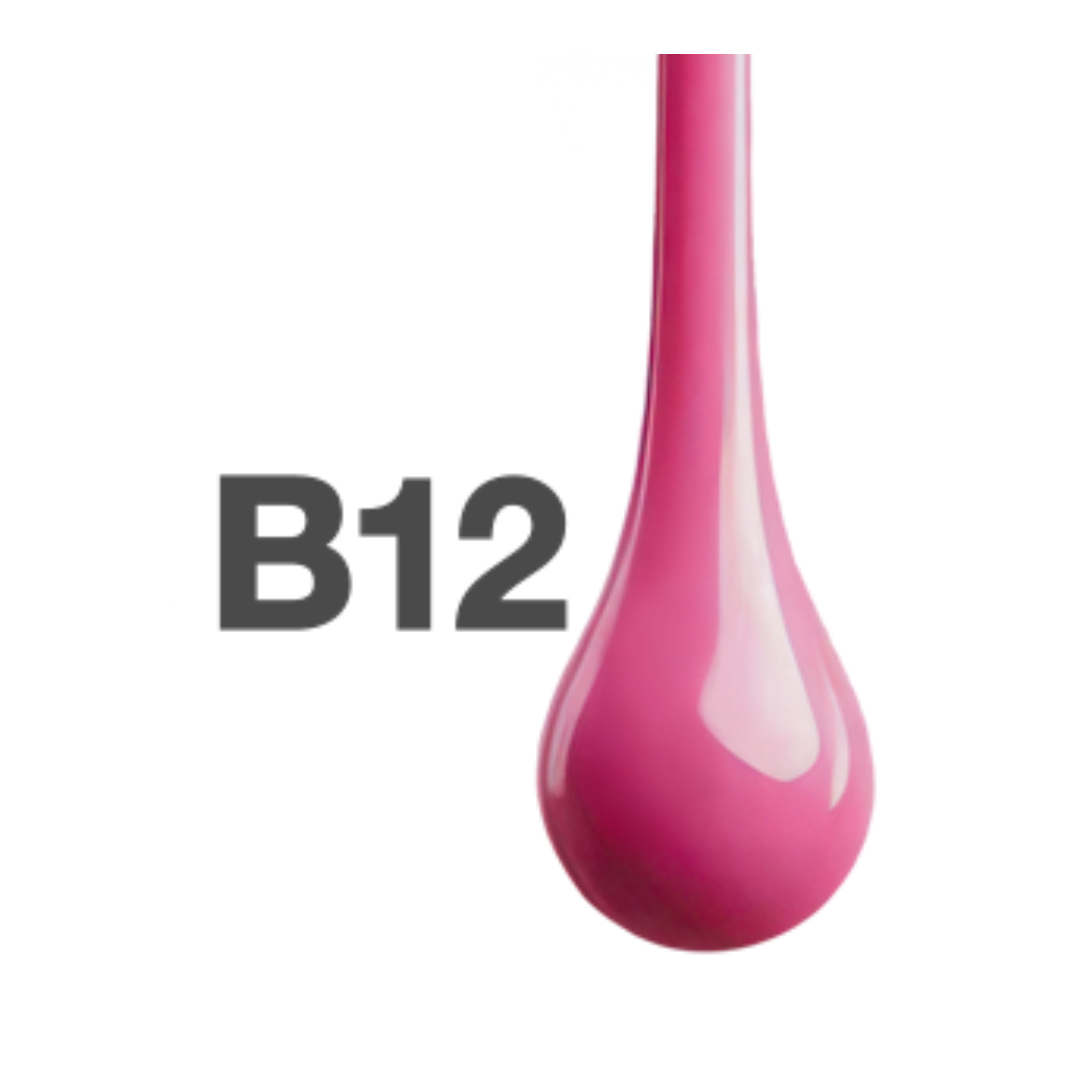How to find head lice – and how to get rid of them
Head lice are a major problem, and a recurrent one especially in many families with children. Read here about how you can find lice – and what is the best treatment, so you get rid of them again.
Go immediately to: Treatment for head lice – What you can do
Table of contents
Who gets head lice?
Lice. Just the word or thinking about head lice or nits can make most of us itch. And everybody can get head lice. It makes no difference whether your hair is clean or not. Head lice are only interested in blood, and we all have that, no matter how clean or hygiene-conscious we are.
Go directly to: How to get rid of head lice
Although anyone can get head lice, they are found especially on children aged 3-10. This is probably because they are most often in close contact while they are playing, and head lice are only transferred to others by direct contact from head to head. But once a child has head lice, the rest of the family, regardless of age, will often get them too, precisely because they are spread by close head contact.
Read this too: Head lice eggs – what do head lice eggs look like?
Studies have shown that people with long hair are slightly more likely to get head lice than those with short hair. Still, even with short hair, no one can ever be sure of avoiding head lice. You can only be sure you will not get lice if your hair is less than ½ cm long. Slightly more girls than boys get head lice – again, probably because more girls than boys have long hair.
An infection with head lice is often – but not always – accompanied by an irritating itch when the lice suck blood.
Head lice are not dangerous, but they are irritating and uncomfortable, and they are a nuisance. It is important to treat head lice, because they will not clear up of their own accord, and you pass them on to others.
What do head lice look like – and how do you discover that you have them?
You can easily see signs of head lice with the naked eye if you look carefully. Part the hair, and then look systematically near the scalp. You cannot see the head lice straight away if you just take a look at someone’s hair.
Head lice are often discovered because of an itching scalp. You may discover them simply when combing your hair, which you should remember, especially if you have small children or meet any, as they are extra likely to have head lice.
Facts about head lice
Head lice are small, flat insects with an elongated oval shape without wings. They can neither fly nor jump, but move around by holding on to strands of hair. They live in human hair, and live on sucking blood from the scalp. Lice can be 1‑3 mm long. They vary in colour from transparent to dark, if they have just had a meal of blood.
Head lice eggs, or nits, look like small black or white dots, and are attached to a strand of hair about a centimetre from the scalp. You need not search for nits at the ends of the hair, but check close to the scalp. The empty shells are white after hatching, and may remain attached further along the strand of hair.
A louse takes 21-27 days to develop from an egg or nit into an adult louse. The adults live for about 30-40 days. An adult female louse can lay 50-150 eggs in its lifetime. The eggs hatch 5-9 days after they are laid.
Head lice can only live on humans. They use our body warmth to keep warm, and they live on our blood. However, a louse can survive two or three days away from a person, and the eggs can survive for up to fourteen days away from a person. However, depending on the temperature and other conditions, both adult head lice and their eggs will often die sooner if they are not on a human body.
Apart from head lice, body lice and public lice or crabs also live on humans, but on the body and not in the hair.
Symptoms of head lice
As mentioned, lice are often discovered because of an incessant itch on the scalp. You should not rely on itching as an indicator of whether you have head lice, however. Firstly, it is quite possible to have head lice without an itching scalp, and secondly, an itching scalp may be due to other causes.
It is quite possible to have head lice without noticing any symptoms. In those cases, you will only discover the head lice by regular detection combing.
It is uncomfortable and inconvenient to have head lice, but there is no reason to be embarrassed about them, because anyone can get them, and they have nothing to do with cleanliness or hygiene. If everyone talked openly about head lice and remembered to comb their hair regularly, numbers of head lice would fall drastically. Unfortunately, people do not do this, and it is therefore necessary to be aware of the risk of infestation, and remember to comb your hair and act quickly if you find head lice.
How are head lice passed on?
Head lice are easily transmitted, and as they can neither fly nor jump, they are transmitted through contact. In short, there must be contact between heads, so that the lice can crawl from one to the other. Head lice move fast, however, so only a brief contact may be quite sufficient.
It is not possible to be infected by the eggs or nits. They are attached to strands of hair, and do not fall off.
There is no great risk of transmission on woolly hats, hairbrushes, or similar items, although it is possible. Head lice are primarily passed on through head contact. Cuddly toys, pillows and so on are not the most important places to concentrate a hunt for head lice, as there is no great likelihood that head lice will be able to survive there.
How should you treat head lice?
Head lice will not go away by themselves. On the contrary. If you do not treat head lice, you will simply get more and more of them, and they multiply fast. So if you have caught head lice, the only thing you can do is start treatment immediately. Most people will simply want to get rid of the lice as fast as possible, because the very idea of live insects on your scalp or your children’s is quite horrifying. You can see a video below about how to get rid of head lice fast.
Video: How to treat head lice in just 15 minutes.
How should you comb your hair?
The most important and most effective treatment for head lice is to use a special fine-toothed comb. It is fine if you supplement it with a variety of remedies against head lice, but you still cannot avoid combing the hair thoroughly with a fine-toothed comb. Combing is also an entirely safe – and cheap – method. Using a Conditioner with Tea Tree Oil, is ideal, because Tea Tree Oil is antiseptic, and works against bacteria – That is why we recommend using products with Tea Tree Oil to care for your hair and scalp.
When you fine-comb your hair, you should take plenty of time, where there is good lighting, and be patient. It takes time to go through your hair with a fine-toothed comb, but it must all be checked thoroughly. It is especially time-consuming and difficult if you have long, thick hair. This method of detection combing will only work if you do it regularly, meticulously and systematically. But then it is an extremely effective method.
It is best to comb your hair after washing it, or at least to make the hair wet before you start combing. You should preferably use a conditioner without parabens, and rinse it out again. Then the comb will glide easily through the hair, and any head lice are more likely to keep still.
It is easier to keep your hair under control if you have some hair clips to divide your hair with. Then you can take a lock or a section at a time, and comb it through from the scalp to the ends. Each time you draw the comb through, tap it on a white surface, so that you can see whether there is anything in your hair. If you find lice or nits, then of course, they must be removed. It is often easiest simply to remove them between two nails.
If you find eggs or active lice in your hair, then you must check your hair thoroughly during the next weeks, to see whether any eggs have hatched, and are now active lice. You should comb your hair every other day for two weeks if you want to be sure you have got rid of all the lice. You can supplement the combing with Anti Lice. Anti-lice treatments may be effective, but can also be hard on your scalp. If you have used an anti-lice treatment, you can then use a scalp treatment with Tea Tree Oil to keep your scalp healthy.
Treatments for head lice
There is no doubt that combing with a fine-toothed comb is the most effective way to get rid of lice. But besides combing your hair, there is a variety of remedies you can use to get rid of these little pests. At the pharmacy or drug store you can buy shampoo and a range of medicinal products to combat lice. The medicinal products contain various insecticides.
It is important to follow the instructions carefully, or else you cannot expect them to be very effective. Even if you do follow the instructions, you cannot always count on immediate results. You should always combine a treatment with combing, so that you attack from all sides.
We recommend 3 products from Australian Bodycare. Anti Lice is a remedy that works fast to solve the problem of lice. Only one treatment is needed with this product, and the treatment only takes 15 minutes.
Anti Lice is highly effective against both lice and nits. Anti Lice works after just one application. It is based on Dimethicone, which physically encapsulates the lice and eggs, so that they die. Anti Lice also contains Tea Tree Oil, which helps to keep your scalp healthy. Anti Lice does not contain parabens or insecticides. Ideal anti-lice treatment for children over 3 years.
We recommend using Hair Rinse shampoo and Hair Spray after Anti Lice. The shampoo is preventive, protecting and strengthening the hair to reduce the risk of head lice – for all the family. The spray cleanses the scalp, while at the same time it softens the hair and forms a protective shield.
Treatment with household remedies
There is a long list of household remedies for head lice, such as using ethanol, kerosine, vinegar, garlic or lemon juice. These products are not intended for use on human skin, and there is no scientific documentation of their effect, so it is not advisable to use them.
Remember to check everyone in the family
If you find head lice or nits, remember to check the rest of the family for them too. Otherwise you risk that someone in the family will continue to have head lice. It is important to comb everybody’s hair with a fine-toothed comb at the same time, so that all head lice in the family are removed.
Remember to notify nurseries, schools and free-time contacts, as well as others your children may have been in contact with, that you have found head lice, because that is the only way the infestation of lice can be cleared up completely. If you hear about head lice in anyone you or your child meet regularly, you should check your hair several times, to make sure you have not caught lice.
What to do with hats, bed linen, brushes and so on
At one time it was recommended that everything that had been in contact with a person who had head lice should be washed or placed in the freezer for 24 hours. That meant bed linen, clothes, hats, brushes, combs, soft toys etc. Alternatively, everything could be stored for 48 hours.
Today, we know that there is only a very small risk of infection from hats, combs, brushes, bed linen, teddies and similar items. There is undeniably a risk, but it is not a big one, and you should therefore concentrate your energy on treating the person who has caught head lice, checking the rest of the family, and informing those who have been in contact with the infected person, so they can be checked and treated if necessary too.
Can you do anything to avoid getting head lice?
If you have children who go to a nursery or school, you probably know all about getting a note or a message on the network that someone has found head lice once again. When it happens, you should check your child immediately – even if you have never had head lice in the family before.
Unfortunately, there is nothing you can do to be completely sure that you and the rest of the family will avoid getting head lice. The best thing you can do is to make sure any attacks of head lice do not become severe by combing your hair regularly with a fine-toothed comb. If you do that once a week, for instance, you will quickly discover any stray head lice, so you can start treatment and avoid passing on the infection.
It is best if girls and boys with long hair set it up, so that it does not mix easily with other people's hair, but that is no guarantee against head lice.
The most important step to take is detection combing again and again. If everyone regularly combed their own hair and their children's with a fine-toothed comb, there would be far fewer problems with head lice, because they would not spread so much.
What are nits?
Head lice reproduce by laying eggs on the scalp, and during its three-week lifetime, a female head louse can lay a lot of eggs or nits. In fact it can lay up to eight eggs a day, so there can suddenly be a lot of lice in your hair if you do not deal with the problem. When a female head louse is between eight and ten days old, it lays the first eggs – and carries on, if you do not stop it from reproducing in your hair.
A female head louse lays eggs and attaches them to strands of hair close to the scalp. There will only be one egg per strand of hair. The eggs usually hatch six to nine days after they have been laid. At the top of the egg is a tiny ‘lid’, which the young louse pushes off as soon as it has developed. At this stage a young louse is called a nymph, and once hatched, it immediately begins to feed by sucking blood from the scalp. Head lice eggs hatch at a temperature of about 35-38.8 degrees, but if the temperature drops below 22 degrees, the eggs will not hatch.
Head lice eggs, or nits, are not passed on. Before they are hatched, there is no risk of being infected with head lice through close head contact.
What do head lice eggs look like?
If you suspect that you, your child or anyone else in the family has head lice eggs or nits, then you should immediately start combing their hair, so you can be sure whether you really have lice.
But what do head lice eggs look like in your hair? They can be difficult to see with the naked eye, because they are very small, and are attached to the root of a hair on the scalp. They are still easier to see than the lice that have hatched. Head lice eggs are yellowish white, oval and about 0.8 mm long. They look most of all like small sesame seeds or grains of sand. The eggs are often at the back of the head, and especially the nape of the neck or behind the ears seem to attract female lice to lay their eggs. It is often extra warm and slightly moist, and provide the best conditions for the lice to live in.
Head lice eggs are often confused with dandruff, as both are the same whitish colour. However, head lice eggs are firmly attached to the hair, while dandruff is not. If you are uncertain whether you have dandruff or head lice eggs, you can try drawing a hair between your index finger and thumb. If it is a head lice egg, it will be so firmly attached to the hair that it is difficult to pull off. Dandruff, in contrast, will slip easily off the hair.
You can also try squeezing what you find in the hair between two nails to distinguish dandruff from lice eggs. If it is hard and gives a crunching sound when you squeeze it between two nails, it is very probably a louse egg, while dandruff crumbles and spreads more when crushed.
When a louse hatches, it leaves the empty shell of the egg behind in the hair. Many find it difficult, therefore, to decide whether the egg is empty. As a rule of thumb you can assume that it has probably hatched if you find it further out along the hair than a centimetre from the scalp. The empty eggshell grows out with the hair when the louse has hatched. You may also find reddish or black head lice eggs on your scalp. If you do, it is a sign that the egg is dead.
What do head lice eggs feel like?
Apart from their discreet appearance, head lice eggs are difficult to find, because they do not cause an irritating itch in the same way as the hatched lice do. You cannot feel that your hair may be a big nest of lice eggs. Only after the eggs have hatched and the young nymphs begin sucking blood will you feel an uncomfortable itch on your scalp.
The itch is due to a substance in lice saliva, which causes an allergic reaction in the scalp. The saliva runs into the place where the louse has bitten the scalp, and prevents the blood from clotting, so it is easier for the lice to suck up.
If you are unlucky, your scalp may itch so much that you scratch right through, and there is then a risk of the sore becoming infected, as it is open to bacteria. It is therefore a good idea to use an antibacterial product such as Australian Bodycare Scalp Serum, with a high content of Tea Tree Oil, which promotes healing and combats bacteria, while it relieves the itching sensation.
It is important to remember, however, that you can have head lice without an itch, although typically, the itching scalp is what leads to the discovery of the lice. If it is the first time you have had head lice, there may only be a slight itch. If you have had repeated infestations of lice, the itch tends to become increasingly intense.
How can I remove nits?
Even though head lice eggs cannot be passed on before they are hatched, that does not mean you don’t need to treat and remove them. In a short time, they will hatch, and then the active lice will begin sucking blood and form a real risk of infection.
That is why it is important to take action if you discover nits in your hair. However, you cannot comb the eggs out or remove them in the same way as you can with active lice. This means that your treatment must be based on awareness. The only way you can get rid of head lice eggs is to comb your hair regularly with a detection comb. As the lice hatch, you can catch them with a fine-toothed comb before they become adults and start laying more eggs.
You can use lice treatments for lice eggs, because some products are effective both for active lice and for their eggs. However, an important element in treating head lice eggs and lice is still combing with a fine-toothed comb – this is both the cheapest and most effective way of getting rid of lice eggs.
Use a fine-toothed comb, also called a detection comb, so that you do not damage the scalp. First wet the hair, and use a conditioner, so that the comb glides more easily, and you can comb through all the hair. Work all through all of your hair, making sure you comb from the root to the end. Check that you start right in at the scalp every time, as that is where you will get rid of most lice. When you draw the comb out at the end of your hair, clean it every time, before starting on the next lock of hair. Otherwise you risk transferring lice to the next lock. Tap the comb on a light towel or surface, or wipe it with kitchen roll.
You can remove head lice by combing your hair thoroughly every day or every two days. You need to do this for two weeks – without missing out a day. That way, you remove the lice all the time, as they hatch from the eggs. Then they are not able to mate and reproduce, and new lice cannot spread. The eggs hatch after six to nine days, so if you keep combing your hair for two weeks, you can be sure that there are no more eggs that can hatch and turn into active lice.
FAQ about head lice
What do head lice look like?
Head lice are small insects without wings. They are an elongated oval shape, with three pairs of legs at the front of the body. They live in human hair, and feed by sucking blood from the scalp. A louse can be 1-3 mm long. They vary in colour from transparent to dark, if they have just had a meal of blood.
How can I remove lice?
The most effective treatment for head lice is to comb regularly and thoroughly through all of your hair. Read here how to comb through the hair
How can I remove nits?
Nits can be removed by combing the hair thoroughly. If you see an egg while you are combing, you can remove it with two nails. Head lice eggs are attached to strands of hair right down near the scalp.
How long do head lice live?
The adults live for about 30-40 days. In that time, an adult female louse can manage to produce 50-150 eggs. The eggs hatch after 5-9 days. A louse takes 21-27 days to develop from an egg or nit to an adult louse. A louse can survive up to two or three days away from a person, and the eggs can survive for up to fourteen days away from a person.
How do you get head lice?
Head lice are caught through close head contact with another person who has lice. In fact, lice cannot jump or fly. If you sit with your head close to someone else who has head lice, they can very quickly crawl over from a strand of hair to a strand of your hair.
How do you comb head lice out?
Combing with a fine-toothed comb is the most effective way of treating lead lice. When you do this, take a small lock of hair at a time, and comb it through with a special fine-toothed comb. Then after each lock of hair, tap the comb on a white cloth or piece of kitchen roll to see whether there are any lice or eggs.
How long do head lice live in bed linen?
Lice can live a maximum of 2-3 days away from a person, but they will often die in a shorter time. It depends on the temperature, among other things, and when the louse last had a meal of blood. There is no great risk of infection from bed linen, but to be quite certain, you can wash bed linen at 60 degrees.
Can head lice be drowned?
In principle, you can drown head lice, but you would have to keep your head under water for several hours, so it is not really a practical option.
What is the treatment for head lice?
The most effective treatment for head lice is combing with a special fine-toothed comb. You can also choose to supplement combing with a treatment for head lice. Combing is the most effective way, and you can read more here about how to treat head lice.
How can I avoid head lice?
You cannot do anything to avoid head lice completely if you are in contact with other people. The best you can do is to check your scalp regularly using a fine-toothed comb. In that way you will discover any lice, before there are too many of them, and then you can take action quickly. Remember to tell the people you meet regularly, so that they can check for head lice too.

